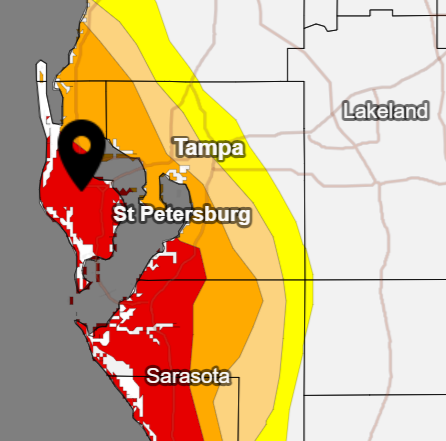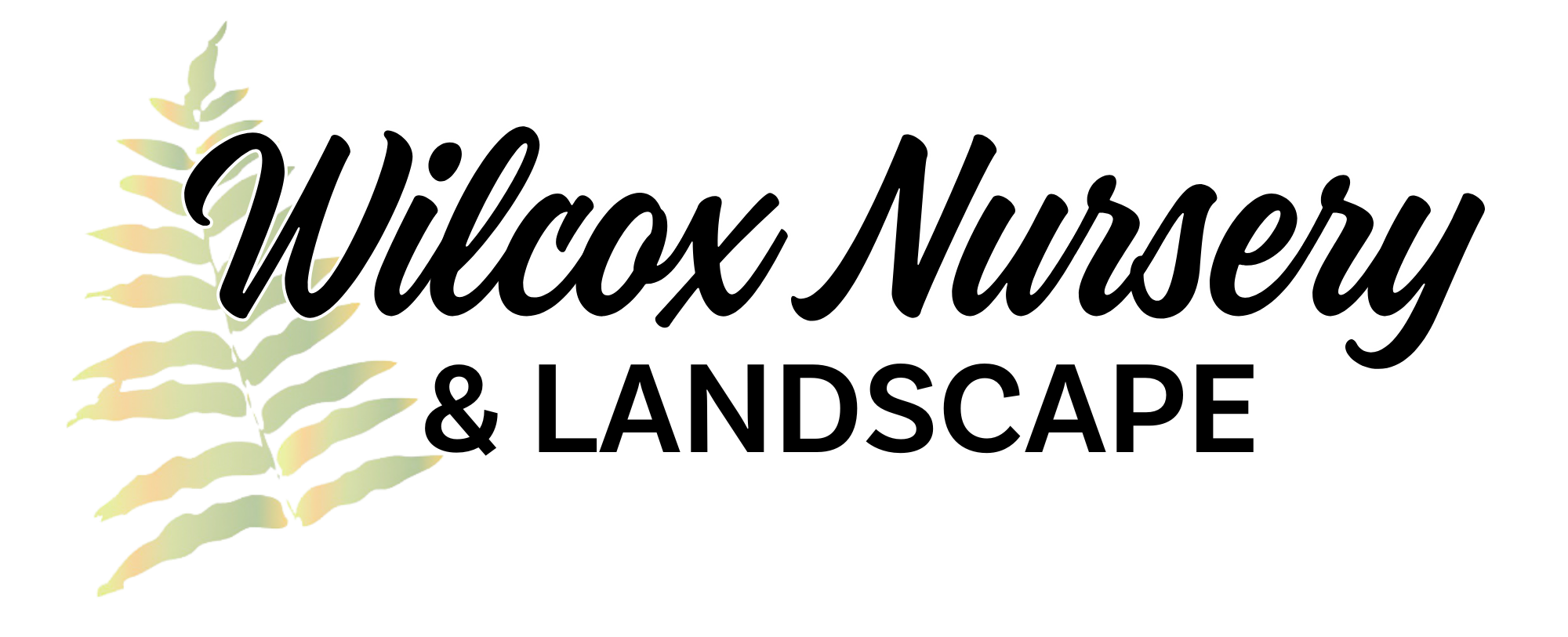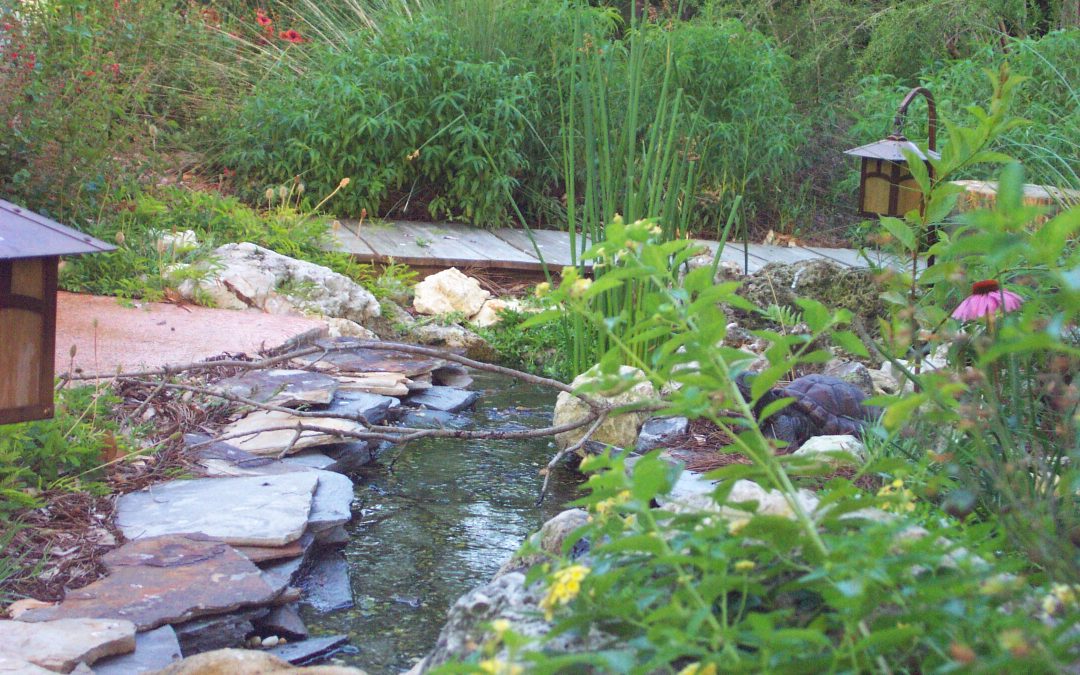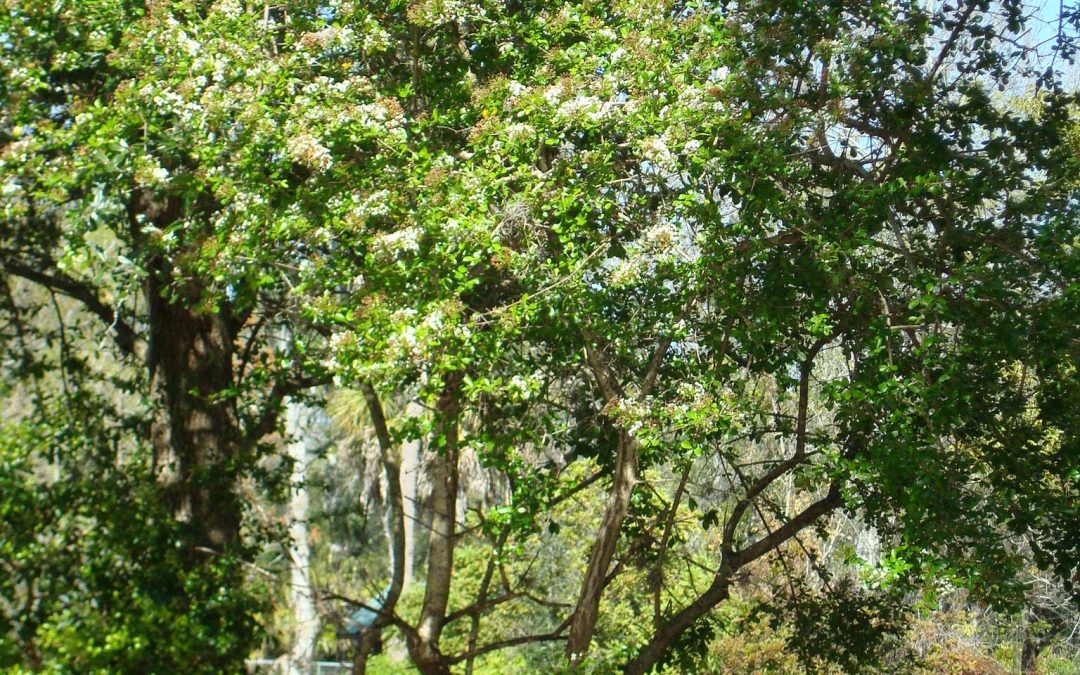Our area had much lower rainfall than normal during the summer rainy season in 2023. There is currently a 9 inch rainfall deficit which has contributed to Tampa Bay Water’s regional reservoir being unable to be completely refilled. The region varies from “abnormally...




